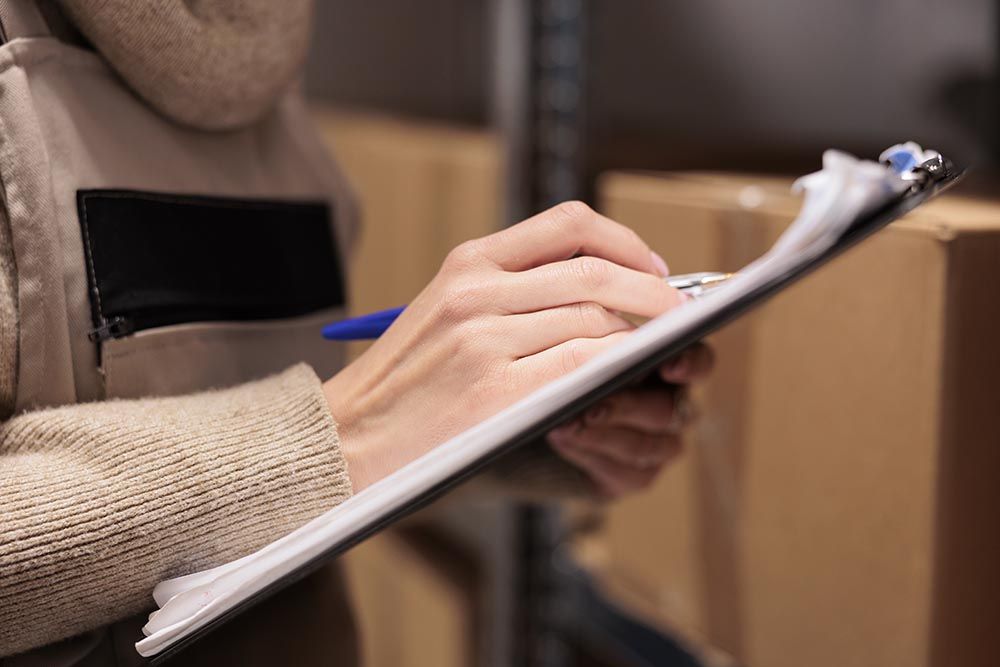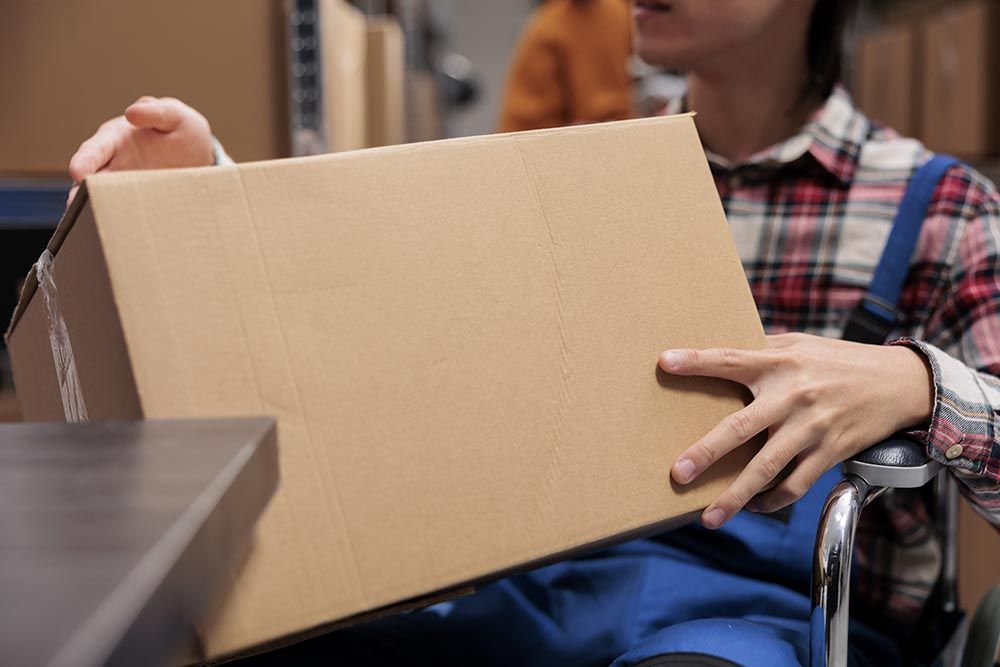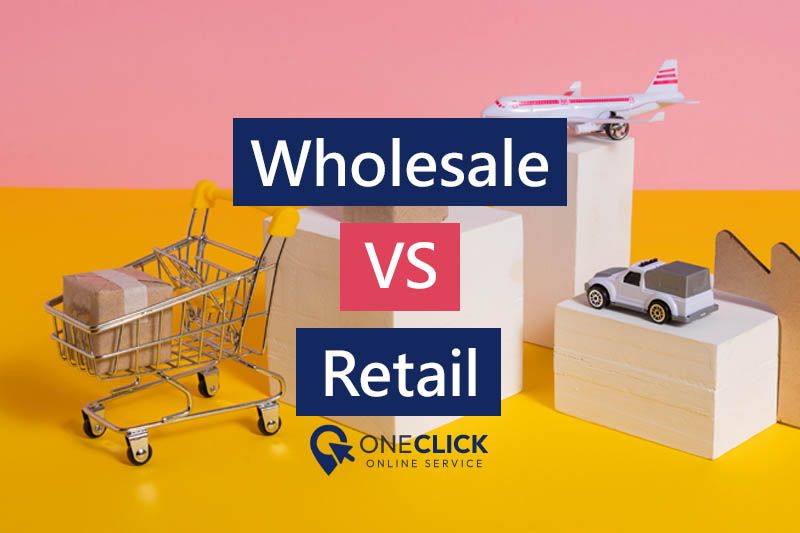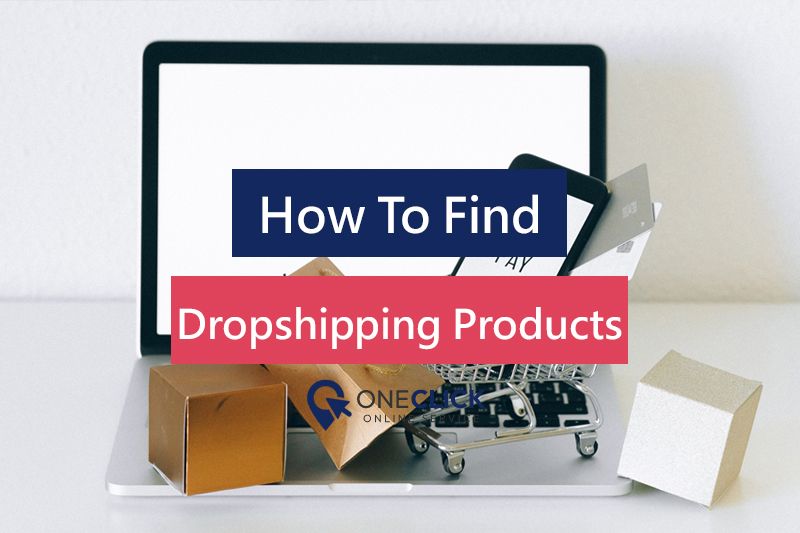Shipping from China to UAE: A Complete Guide for Businesses in 2025
Table of contents
- Estimated Shipping Costs (June 2025)
- Popular Shipping Routes from China to the UAE
- China to UAE Shipping Methods Explained
- Shipping Methods and When to Use Them
- The Documentation Process for Shipping from China to UAE
- Key Factors to Consider When Selecting a Freight Forwarder
- How Much Does It Cost to Ship from China to the UAE?
- Transit Time from China to UAE
- What Are The Customs Regulations When Shipping from China to UAE?
- Best Practices for Efficient Shipping from China to UAE
- FAQs About Shipping from China to UAE
- Shipping from China to UAE with Oneclick Dropshipping
With trade between China and the UAE stronger than ever, businesses in 2025 are looking for efficient, cost-effective, and reliable shipping solutions. Whether you're a seasoned importer or a new entrepreneur sourcing goods from China, understanding the logistics landscape is key to success. This guide provides a complete overview of the current shipping routes, methods, and costs — helping you make informed decisions that optimize your supply chain.
Estimated Shipping Costs (June 2025)
Shipping costs from China to the UAE can vary depending on the method, weight, volume, and delivery urgency. As of June 2025:
- Sea Freight (FCL 20 ft container): $1,100 – $1,400
- Sea Freight (LCL per CBM): $60 – $90
- Air Freight (Standard): $4.50 – $6.00/kg
- Air Freight (Express): $7.00 – $10.00/kg Other cost factors include fuel surcharges, documentation, customs clearance, and inland transport in both China and the UAE.
Popular Shipping Routes from China to the UAE
Efficient logistics depend on optimized shipping lanes. Here’s a breakdown of the most common sea and air freight routes:
Ocean Freight Routes
The main Chinese ports shipping to the UAE include:
- Shanghai Port
- Ningbo-Zhoushan Port
- Shenzhen (Yantian & Shekou)
- Guangzhou (Nansha Port) These ports typically deliver to Jebel Ali Port (Dubai) or Khalifa Port (Abu Dhabi). Transit times range from 18–25 days depending on port congestion and shipping schedules.
Air Freight Routes
Air cargo typically moves through major hubs such as:
- Shanghai Pudong International Airport (PVG)
- Guangzhou Baiyun International Airport (CAN)
- Shenzhen Bao’an International Airport (SZX) Cargo lands at Dubai International Airport (DXB) or Abu Dhabi International Airport (AUH), with transit times as fast as 1–4 days.
Learn More:
China to UAE Shipping Methods Explained
Choosing between air and sea freight depends on your product type, timeline, and budget.
Sea Freight
Sea freight is the most economical method for large shipments. It’s ideal for businesses moving full container loads (FCL) or less than container loads (LCL). While slower, it offers significant cost savings for non-urgent deliveries.
Pros:
- Lower cost per unit
- Suitable for bulk items
- Environmentally friendlier for large volumes
Cons:
- Longer transit times
- Potential port delays
Air Freight
Air freight suits time-sensitive or high-value goods that need faster delivery. It offers reliable scheduling and lower risk of damage due to limited handling.
Pros:
- Fast delivery (1–4 days)
- Lower risk of damage
- Streamlined customs clearance
Cons:
- Higher costs
- Strict weight and volume limits
Comparing Air and Sea Freight
Here’s a comparison table to help you decide:
| Criteria | Air Freight | Sea Freight |
|---|---|---|
| Cost | High ($4.50–$10/kg) | Low ($60–$90 per CBM) |
| Transit Time | 1–4 days | 18–25 days |
| Ideal For | Urgent or small shipments | Bulk goods or heavy items |
| Customs Processing | Faster | Slightly longer |
| Carbon Emissions | Higher | Lower |
| Reliability | Very high | Moderate (weather-dependent) |
Shipping Methods and When to Use Them
Choosing the right method can reduce costs and improve customer satisfaction. Use this guidance:
Air Freight: Use when shipping electronics, perishable items, or urgent samples.
Sea Freight FCL: Ideal for shipping large volumes where you fill an entire container.
Sea Freight LCL: Cost-effective for small to medium-sized shipments that don’t need a full container.
Express Air (DHL, FedEx): Best for urgent documents or samples under 20 kg.
Plan ahead, factor in customs timelines, and work with a reliable shipping partner like Oneclick Dropshipping to streamline your imports from China to the UAE in 2025.
The Documentation Process for Shipping from China to UAE

Proper documentation is essential for smooth customs clearance and avoiding costly delays. Here are the key documents required when shipping goods from China to the UAE:
Commercial Invoice: Describes the products, value, and buyer/seller details.
Packing List: Lists the contents of the shipment, including quantity and dimensions.
Bill of Lading (Sea Freight) / Airway Bill (Air Freight): Acts as a contract and receipt for cargo.
Certificate of Origin: Confirms where the goods were manufactured.
Import Permit (if applicable): Required for restricted or regulated items.
HS Code Classification: Ensures proper tariff and tax treatment.
Working with experienced freight forwarders or customs brokers can simplify the paperwork process and reduce errors.
Key Factors to Consider When Selecting a Freight Forwarder
Choosing the right freight forwarder is crucial for efficient and reliable shipping. Here are the top factors to consider:
Experience with China-UAE Trade: A forwarder familiar with this route will navigate regulations better.
Global Network: Strong connections in both origin and destination countries reduce transit disruptions.
Customer Support: Responsive service is critical during customs holds or shipment tracking issues.
Transparent Pricing: Look for clear quotes with no hidden fees.
Logistics Technology: Platforms that provide real-time tracking and documentation improve visibility and trust.
Customs Clearance Expertise: A forwarder that handles customs can reduce paperwork delays and compliance risks.
How Much Does It Cost to Ship from China to the UAE?
 Shipping costs are influenced by several variables. Here's a detailed look at the pricing elements:
Shipping costs are influenced by several variables. Here's a detailed look at the pricing elements:
Air Freight Costs:
- Standard Air Freight: $4.50 – $6.00 per kilogram
- Express Air (DHL/FedEx): $7.00 – $10.00 per kilogram
Sea Freight Costs:
- FCL (20 ft Container): $1,100 – $1,400
- FCL (40 ft Container): $1,700 – $2,300
- LCL (Per Cubic Meter): $60 – $90
Additional Charges:
- Port Fees
- Inland Trucking
- Customs Clearance
- Documentation Fees
- Fuel Surcharges Getting a customized quote based on your shipment size, weight, and delivery urgency is always advisable.
Transit Time from China to UAE
Transit time varies depending on the method of transport and the origin/destination ports or airports.
Air Freight
- Express Services (e.g., DHL, FedEx): 1–3 days
- Standard Air Cargo: 3–5 days
- Including customs clearance: Typically adds 1–2 days Air freight is ideal when timing is crucial, though it comes at a higher cost.
Sea Freight
- FCL from East China (Shanghai, Ningbo): 20–25 days
- FCL from South China (Shenzhen, Guangzhou): 18–22 days
- LCL Shipments: May take 3–5 additional days due to consolidation and deconsolidation processes Delays may occur due to port congestion, holidays, or customs issues, so always account for buffer time in your delivery schedule.
What Are The Customs Regulations When Shipping from China to UAE?

Understanding customs regulations is critical to avoid clearance delays or fines. The UAE maintains strict compliance rules for imported goods.
Key Customs Regulations:
HS Code Classification: All goods must be correctly classified using the Harmonized System (HS) for appropriate duties and VAT.
Import Duties: Most goods are subject to a 5% import duty, but certain categories (e.g., alcohol, tobacco) are taxed at higher rates.
VAT (Value Added Tax): A 5% VAT applies to most imports.
Restricted Items: Products like chemicals, electronics with wireless transmitters, and pharmaceuticals may require pre-approval or licenses.
Prohibited Goods: Items such as counterfeit goods, pornographic material, gambling devices, and specific religious content are banned outright.
Labeling Requirements: Arabic labeling may be required for food, cosmetics, and consumer products.
Using a customs broker or freight forwarder with UAE experience can prevent non-compliance issues and ensure faster clearance.
Best Practices for Efficient Shipping from China to UAE
Efficiency in shipping isn't just about saving time — it can significantly reduce costs and improve customer satisfaction. Here are some proven best practices:
Plan in Advance:
Book shipments ahead of peak seasons like Ramadan, Eid, and Chinese New Year to avoid congestion and price hikes.
Optimize Packaging:
Reduce volumetric weight with space-efficient packaging, especially for air freight.
Consolidate Shipments:
Combine smaller shipments into one to take advantage of lower rates and fewer customs entries.
Track Performance Metrics:
Monitor transit time, damage rate, and customs hold frequency to improve logistics planning.
Use Incoterms Wisely:
Choose appropriate Incoterms like FOB or DDP based on how much control and responsibility you want during the shipping process.
Stay Updated on Regulations:
Laws and tariffs can change. Regularly review customs regulations and shipping policies.
Insure High-Value Goods:
Protect against loss or damage in transit by insuring expensive cargo.
FAQs About Shipping from China to UAE
Can I ship small parcels directly from Chinese suppliers to customers in the UAE?
Yes. Many suppliers support dropshipping models using express carriers like SF Express, DHL, or Aramex for direct B2C delivery.
Are there any special documents needed for food products?
Yes. Food items require a health certificate and compliance with UAE food safety standards. You may also need pre-approval from the Emirates Authority for Standardization and Metrology (ESMA).
What is the difference between DDP and FOB when importing to the UAE?
FOB (Free on Board) means the buyer handles shipping and import duties after the goods are loaded at the port. DDP (Delivered Duty Paid) includes all logistics, customs, and delivery — ideal for new importers seeking simplicity.
Can I reduce customs duties by undervaluing goods?
No. Underdeclaring value is illegal and may result in fines, shipment seizure, or a ban from importing. Always declare true invoice values.
How do I handle damaged goods in transit?
If insured, file a claim with the freight insurer. If not, contact your freight forwarder immediately and document all damages with photos, videos, and inspection reports.
Shipping from China to UAE with Oneclick Dropshipping
When it comes to sourcing and shipping products from China to the UAE, efficiency, reliability, and compliance are key to maintaining a successful business. With the complexities of international logistics — from navigating customs regulations to choosing the right freight method — many businesses find themselves overwhelmed. Oneclick Dropshipping offers a seamless solution by integrating product sourcing, fulfillment, and international shipping into one streamlined system. Whether you’re importing electronics, fashion, or home goods, our platform simplifies the entire supply chain:
- Automated order processing and fulfillment
- Fast and reliable shipping options (air & sea)
- Customs-compliant documentation and support
- Real-time tracking from warehouse to customer By partnering with a logistics-savvy platform, you eliminate the guesswork and gain a competitive edge in the growing UAE market. Start shipping smarter, not harder — with Oneclick Dropshipping.
Ready to streamline your shipments? Click here to register for the OneClick app and start tracking smarter today.








